Like the rest of its North American assembly lines, the Stellantis plant in Brampton, Ontario will be idled over the long holiday break. But unlike the rest of the production network it will stay off-line through the 2024 model year. The three models produced in Brampton – the Dodge Charger and Challenger muscle cars, and the big Chrysler 300 sedan – are going out of production. An all-electric version of Challenger is in the works, but plans to replace the other two models are uncertain.
For a product that has been offered with as much as 1,025 horsepower, it’s not surprising that the Dodge Challenger coupe is going out with a bang – or at least a roar – rather than a whimper.
The long-lived muscle car has come to the end of the road, along with a second Dodge performance model, the four-door Charger. A third model sharing the same platform, the once-wildly popular Chrysler 300 sedan, will also be gone as the New Year rolls in.
In May 2022, Stellantis, the trans-Atlantic parent of both Dodge and Chrysler, announced it would kill off the long-lived L-platform upon which those three models are based. The move impacts about 2,500 Canadian auto workers, though some are expected to be involved in getting the plant ready to reopen when it launches an all-electric version of the Challenger for the 2025 model year.
Hanging around
Of the three models produced in Brampton, the Chrysler 300 has been using the L-body platform the longest, going into production in February 2004. In its early years, it was one of the most popular products in the old Chrysler family, though it has become an afterthought in today’s SUV-centered market.
The two Dodge nameplates date back more than half a century, the Charger first burning rubber in 1966, and sticking around through 1987 when it was dropped due to declining sales. Challenger came later, in 1969, and lasted only until 1983. It took another couple decades for them to be revived, however, Charger in 2005, Challenger three years later.
The L-body “architecture” was originally developed after the merger of Daimler and Chrysler in the late 1990s. That makes it unusually long-lived in an industry traditionally demanding frequent change. That’s all the more significant when it comes to the two Dodge muscle cars.
Keeping them fresh
Over the last quarter century, Dodge engineers – with some help from the brand’s marketing team – came up with a variety of ways to retain the appeal of Charger and Challenger. They continuously updated the engine options, pouring out ever more extreme horsepower and torque numbers.
And Dodge added an assortment of special editions, culminating with a series of seven “Last Call” packages for the final year of production. What the automaker referred to as the ultimate expression of muscle was launched over the summer with the 2023 Dodge Challenger SRT Demon 170. Comedian and former Tonight Show host Jay Leno took delivery of the 1,025-horsepower monster during the annual Woodward Dream Cruise in Detroit.
Outgoing products tend to lose momentum in their final year, and though Challenger sales did dip 16% for the period. But the entire muscle car segment was off and the coupe actually wound up screaming past its two key competitors, the Ford Mustang and the Chevrolet Camaro. The Dodge Charger, meanwhile, scored a 2% increase in sales during the nine-month period, according to Edmunds, and was also leader in the four-door muscle car segment, with a 33% share.
“The exhilaration factor”
In August 2022, the Stellantis muscle carmaker delivered a shock to the automotive system with the debut of the Dodge Charger Daytona SRT concept which, it said, “previews (the) brand’s electrified future.”
The decision to replace the performance coupe with an EV was, for many, unexpected, especially considering Stellantis’ broad resistance to battery-powered vehicles. But there was the flipside: electric motors can turn out incredible horsepower and gobs of instant, tire-spinning torque. Start-up Lucid underscores that with the recently release Air Sapphire Edition which can outrun even the Challenger SRT Demon 170, with 1,200 hp yielding 0-60 times of 1.89 seconds.
Blinding speed, alone, doesn’t guarantee Challenger Daytona will find a welcome reception from traditional muscle car fans. So, Dodge is taking several steps to up its emotional appeal. That includes the ability to order up to nine performance upgrades, an active aerodynamic system, a multi-speed transmission – a rarity among EVs – and even the “Fratzonic Chambered Exhaust” meant to simulate the guttural roar of an angry V-8.
“I don’t think this is an end of an era,” Ralph Gilles, Stellantis’ chief design officer, told the Detroit News. “I just think of it as a transition as normal. This has happened before where people call it the end of a time, or the good days are over and all that stuff, and the new part is even more fun and more captivating and more exhilarating. That’s all I look at: the exhilaration factor. We’re trying to create not just a car, but a part of your life, part of your assets that you really, really are proud of, and you wear it on your sleeve.”
More muscle car news
- At 720 hp, Ford muscle up the 2024 Raptor R
- McLaren reveals the 2024 McLaren GTS
- Chevy builds its last Camaro – for now
What’s next?
Stellantis has offered significantly less insight into its plans for other models to come out of the soon-to-be-electrified Brampton plant. But, “We expect a replacement for both Charger and Challenger,” said Stephanie Brinley, principal auto analyst with S&P Global Mobility.
“We know there’s going to be a Charger coupe,” added Sam Abuelsamid, lead auto analyst with Guidehouse Insight. The question is what will Dodge do to follow up on the Challenger. There’s a lot of debate over the precise form it will take and whether it will share the basic underpinnings of the Charger Daytona, much as has long been the case with the gas powered models.
Production is expected to follow within a year after the Charger launch.
For its part, the Chrysler brand has effectively confirmed that the 300 nameplate is dead. But it’s not about to go forward with just the single product line available for 2024, the Pacifica minivan.
Return of the Chrysler Airflow
The Chrysler brand gave us a look at its own electrified future at the Consumer Electronics Show in January 2020. If anything, the Chrysler Airflow concept had a longer history than the Dodge Charger and Challenger. That badge debuted in 1934 on what was then a radically aerodynamic sedan.
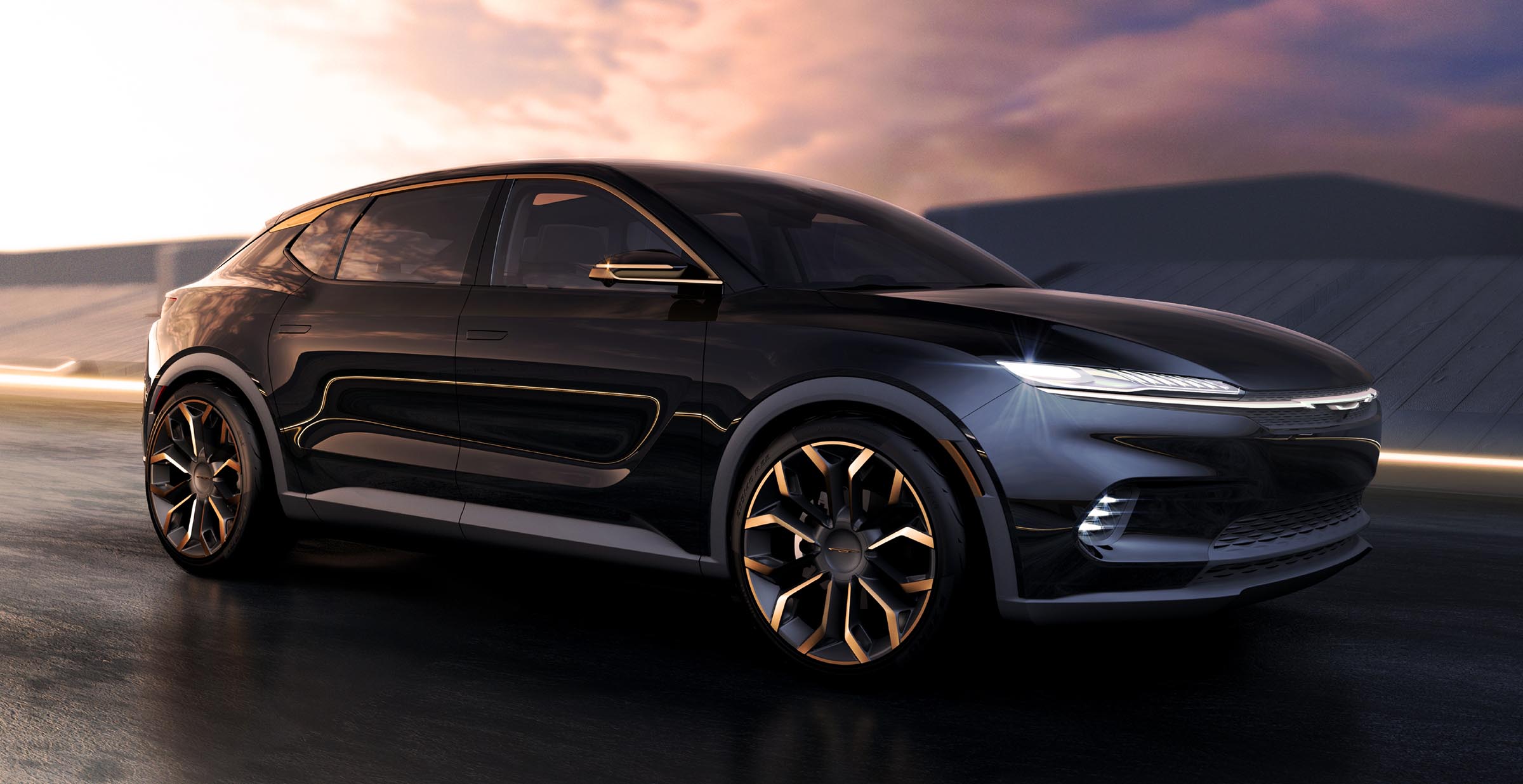
Chrysler unveiled a “Graphite” variation of its all-electric Airflow Concept at the 2022 New York International Auto Show.
The eventual design, is expected to find a niche somewhere between minivan and SUV, said Brinley, as “Chrysler is shifting to become more of a people-mover brand.”
The first truly streamlined American automobile, the original Airflow was too much of a shock for American buyers and lasted only three years in production. So, the new Airflow concept has gone through a number of revisions as Chrysler tests the reaction to its design and technology. But whatever the final version, it will follow what has become the norm in the battery-electric world, the Airflow will ride on a skateboard-style platform with motors, batteries and other drivetrain components mounted below the load floor.
While Chrysler officials have confirmed plans to add Airflow, timing is uncertain. The original plan called for it to be introduced “by 2028,” but Sam Fiorani, lead analyst with AutoForecast Solutions, expects it to launch around September 2025 — though he also notes that Chrysler is toying with alternative names.
Will buyers plug in?
Until recently, the Chrysler Pacifica Hybrid was the most electrified vehicle in the entire North American Stellantis line-up. It’s actually a plug-in hybrid, and the automaker has added others, including PHEV versions of the Jeep Wrangler and Grand Cherokee SUVs. An all-electric 500, the latest 500e, is set to reach showrooms in 2024. But the Euro-American automaker has been slow to embrace EVs.
That will change radically, and not just with the three models from Dodge and Chrysler. It also has the Ram 1500 REV coming for 2025, among other things.
But how the market will react is far from certain. After growing about 800% since 2019, the EV share of the U.S. market has flattened out in the second half of 2023. But analysts expect to see it continue to gain traction, even if at a slower pace. Dodge is hoping that by upping the exhilaration factor it will bring in an entire new generation of muscle car fans.

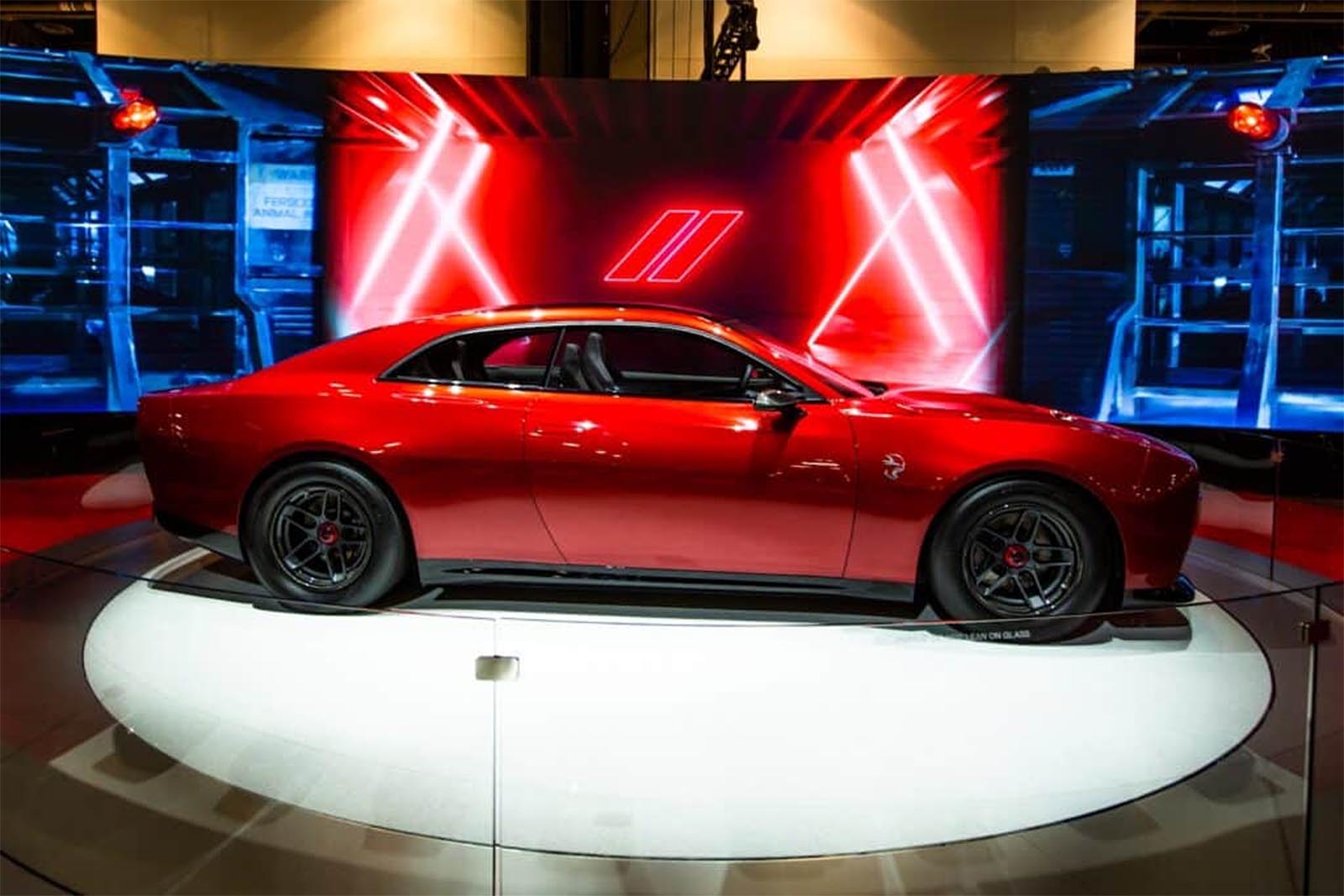
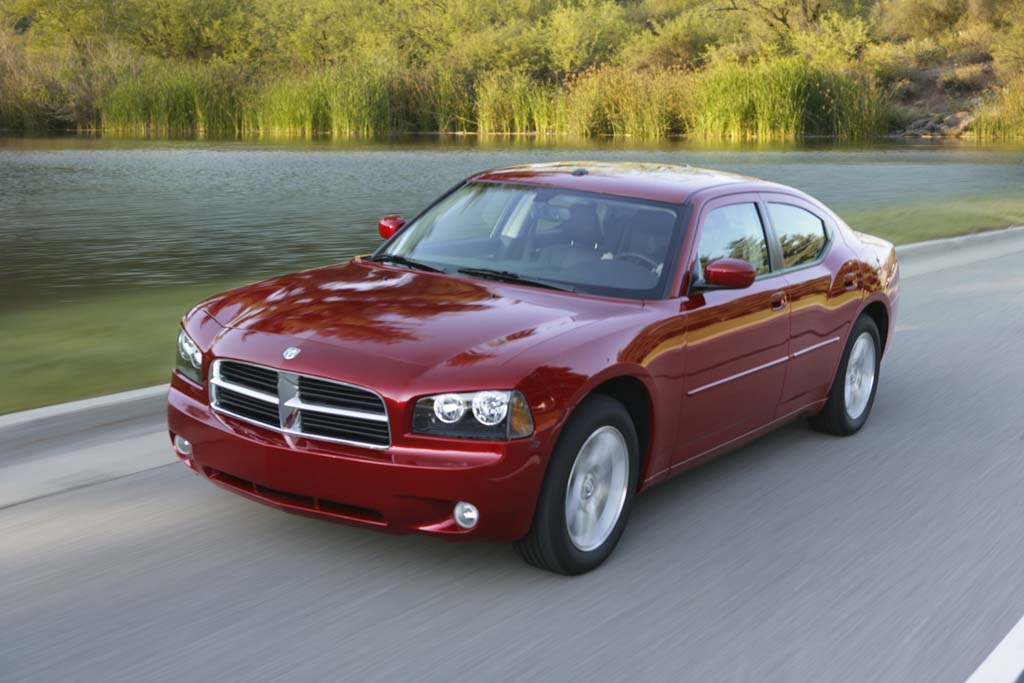
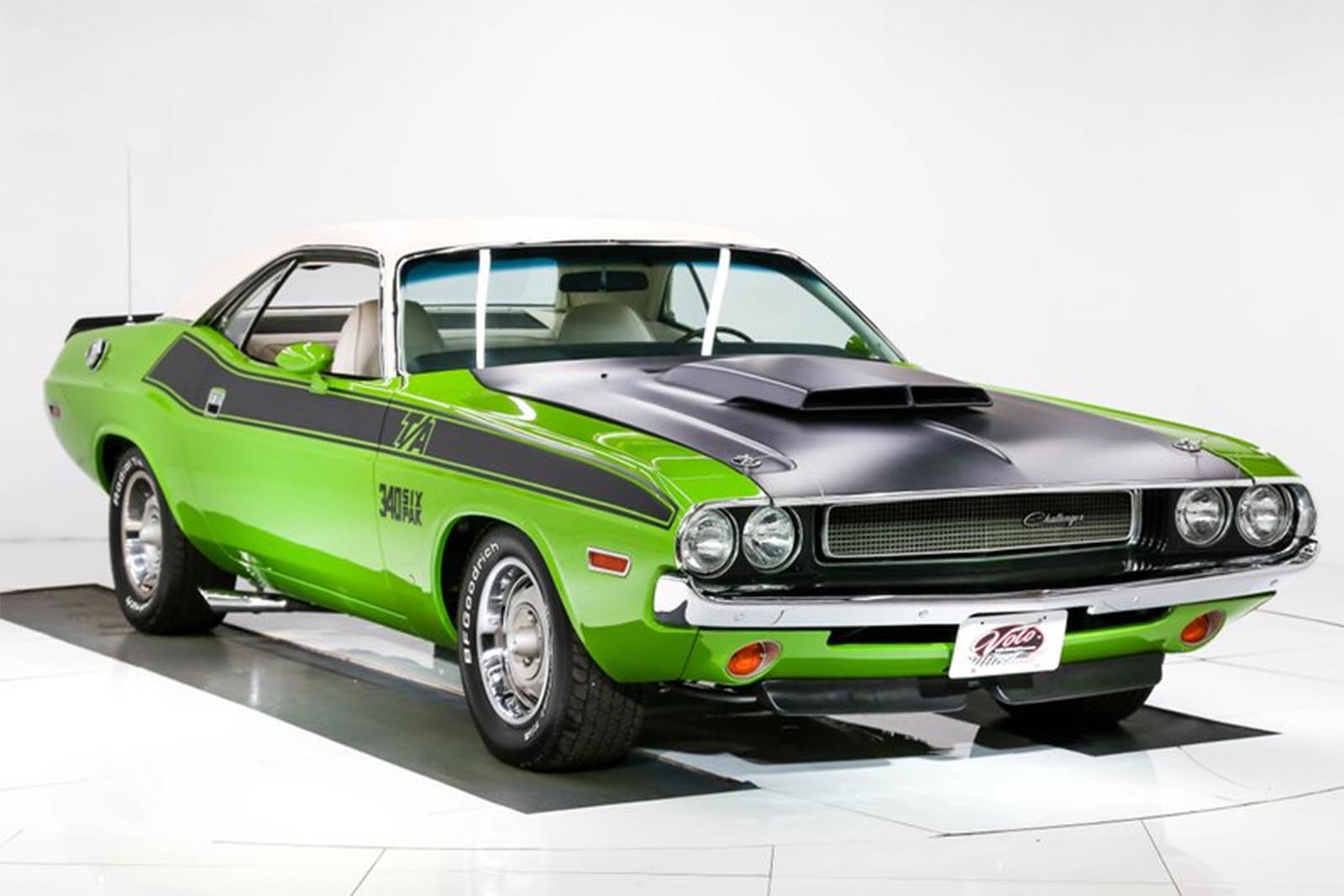
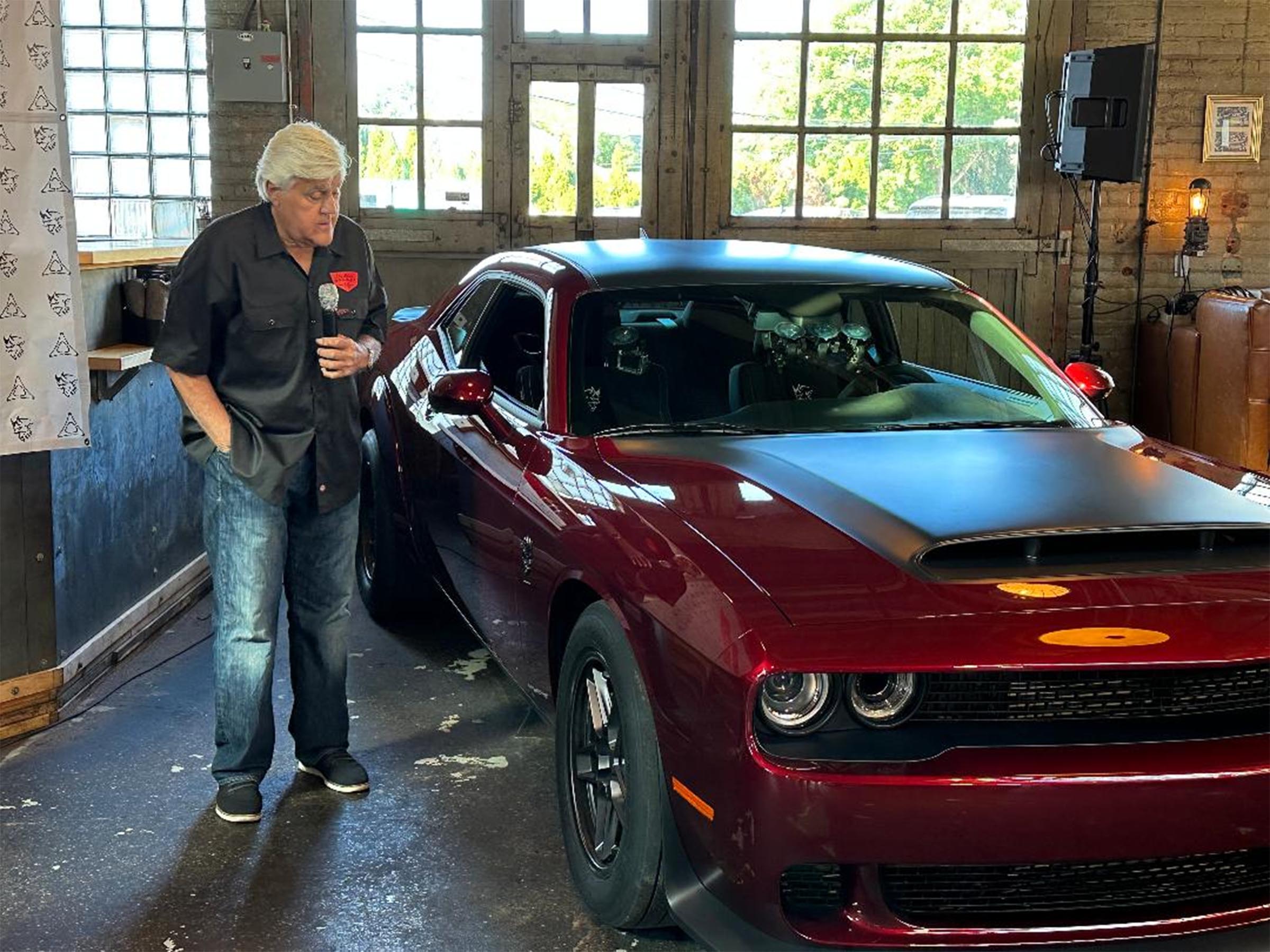
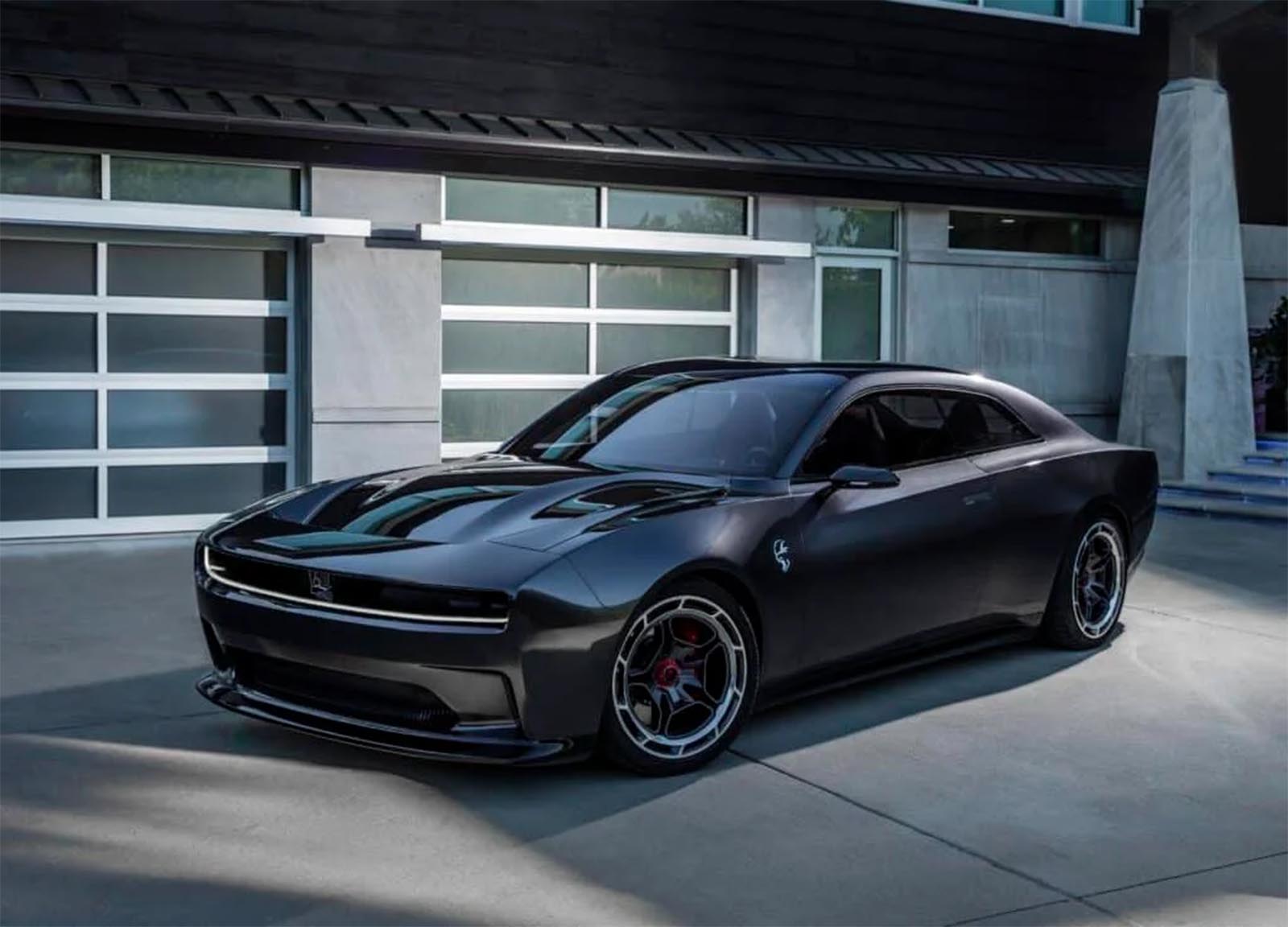
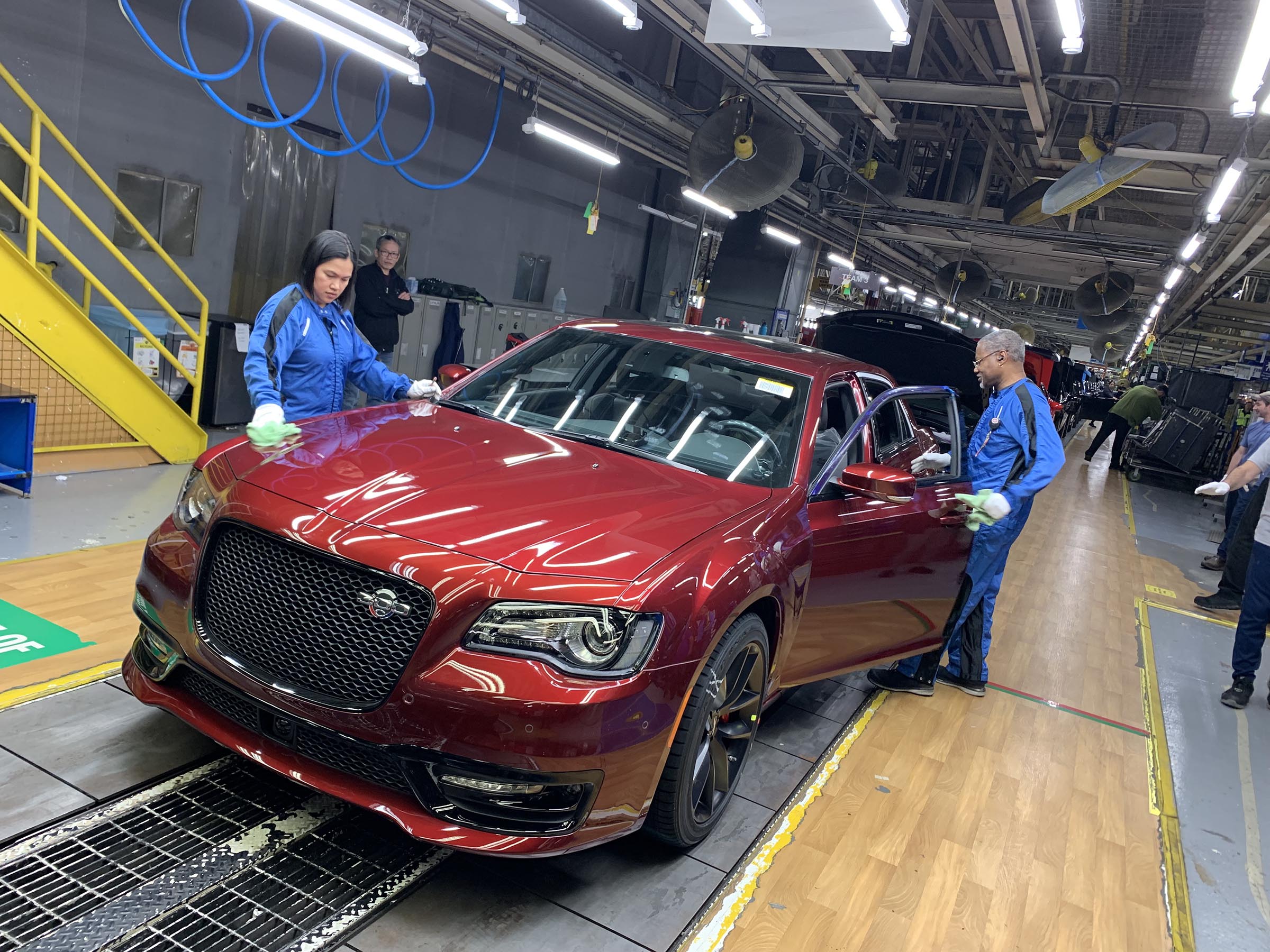



0 Comments